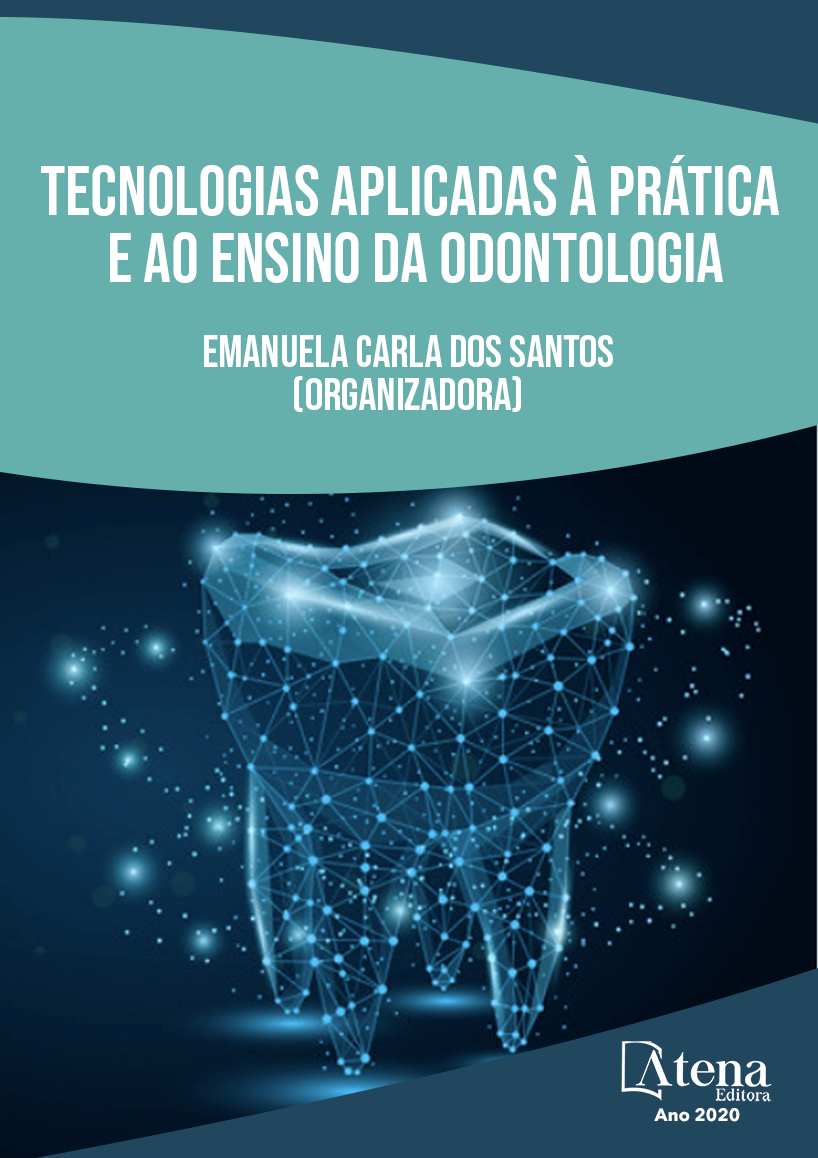
DEFEITOS ÓSSEOS VESTIBULARES ASSOCIADOS A IMPLANTES PODEM SER MENSURADOS COM TOMOGRAFIA COMPUTADORIZADA DE FEIXE CÔNICO: ESTUDO IN VITRO
Objetivou-se analisar o grau de acurácia da identificação e mensuração de defeitos ósseos simulados em costelas suínas, com e sem implantes dentários de titânio, por meio de tomografia computadorizada de feixe cônico de alta resolução (TCFC-AR). Dez costelas frescas suínas foram unidas em pares por uma ponte de resina acrílica, resultando em cinco corpos de provas. Cada mandíbula recebeu 8 implantes dentários de titânio (n = 40). No grupo A (GA), implantes dentários foram instalados e defeitos ósseos foram simulados por meio de broca diamantada, nas faces vestibulares e distais. Em seguida, a TCFC-AR foi realizada. No grupo B (GB), os implantes dentários foram removidos e a TCFC-AR foi realizada para avaliar os defeitos ósseos sem os implantes. Devido a presença de artefatos metálicos, não foi possível medir a altura e largura dos defeitos do GA. Usando o coeficiente de correlação de Pearson entre os dois métodos de mensuração dos defeitos vestibulares, obteve-se uma forte correlação de magnitude de altura entre os dois grupos (GA: r=0,877 e GB: r=0,852). Na largura, o GA mostrou uma fraca correlação de magnitude (r=0,485) e o GB mostrou uma forte correlação de magnitude (r=0,706). Para os defeitos na face distal do GB, uma moderada correlação foi observada entre os dois métodos para largura (r=0,622) e para altura (r=0,519). A TCFC-AR provou ser um método de diagnóstico por imagem satisfatório para a identificação e mensuração de defeitos ósseos vestibulares com e sem implantes dentários. Defeitos ósseos distais adjacentes aos implantes dentários não puderam ser avaliados através da TCFC-AR.
DEFEITOS ÓSSEOS VESTIBULARES ASSOCIADOS A IMPLANTES PODEM SER MENSURADOS COM TOMOGRAFIA COMPUTADORIZADA DE FEIXE CÔNICO: ESTUDO IN VITRO
-
DOI: 10.22533/at.ed.7282005062
-
Palavras-chave: Tomografia Computadorizada por Raios X; Implantes Dentários; Peri-Implantite.
-
Keywords: Cone Beam Computed Tomography; Dental Implants; Peri-implantitis.
-
Abstract:
The purpose of this study is to analyze bone defects in simulated jaws, with and without titanium dental implants, comparing measurements made using high-resolution cone beam computed tomography (HR-CBCT) and a digital caliper. Ten fresh swine ribs were joined in pairs by an acrylic resin bridge, giving five specimens. Each simulated jaw received 8 titanium dental implants (n = 40). In group A (GA), dental implants were installed, bone defects were simulated on the buccal and distal surfaces using diamond drills and HR-CBCT were performed. Then, in group B (GB), the dental implants were removed and HR-CBCT was performed to evaluate bone defects without implants. Due to the presence of metal artifacts, it was not possible to measure the height and width of the distal defects in the GA. Pearson’s correlation coefficient between the two methods of measurement for the buccal defects there was a strong correlation in the height in both groups (GA: r=0.877 and GB: r=0.852). Meanwhile, in the width, the GA showed a weak correlation (r=0.485) and the GB showed a strong correlation (r=0.706). For the distal defects in the GB, a moderate correlation was found between methods for width (r=0.622) and height (r=0.519). HR-CBCT proved to be satisfactory for the identification and measurement of buccal bone defects with and without dental implants. Distal bone defects around titanium dental implants were not possible to evaluate using HR-CBCT.
-
Número de páginas: 16
- Juliana Viegas Sonegheti
- Arthur da Silva Silveira
- Eduardo Murad Villoria
- Daniel Deluiz
- Eduardo José Veras Lourenço
- Patricia Nivoloni Tannure


